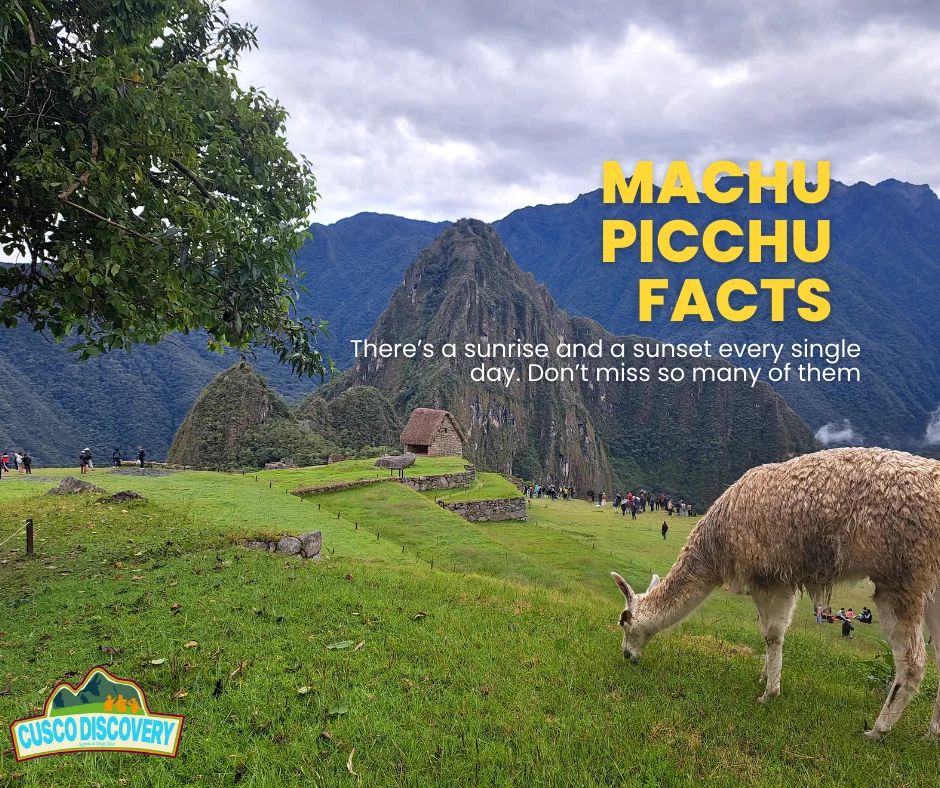
Machu Picchu, the iconic Incan citadel perched high in the Andes Mountains of Peru, has captivated the world with its enigmatic history and breathtaking beauty. This archaeological marvel, designated a UNESCO World Heritage Site and one of the New Seven Wonders of the World, continues to intrigue visitors and scholars alike. In this post, we’ll delve into some of the most fascinating facts about Machu Picchu, shedding light on its origins, construction, and enduring allure.
The Quechua Name and Its Meaning
One of the most intriguing facts about Machu Picchu is the meaning behind its name. In the Quechua language, the native tongue of the Incas, «Machu Picchu» translates to «Old Mountain» or «Old Peak.» This name is believed to refer to the site’s strategic location atop a mountain ridge, surrounded by towering peaks and lush forests.
A Masterpiece of Incan Engineering
Machu Picchu stands as a testament to the remarkable engineering prowess of the Incan civilization. The citadel was constructed with precision stonework, featuring perfectly fitted dry-stone walls that have withstood the test of time and numerous earthquakes. The Incas strategically built Machu Picchu on a network of tectonic faults, making the rock easier to carve and channeling water directly to the site.
A Well-Preserved Archaeological Gem
One of the reasons Machu Picchu remains so well-preserved today is that it was never discovered by the Spanish conquistadors. After the Incas abandoned the city, it remained hidden from the outside world until its «rediscovery» by Hiram Bingham in 1911. Approximately 75% of the structures at Machu Picchu are original, making it one of the most intact archaeological sites from the Incan era.
A Celestial Observatory
Machu Picchu was not only a remarkable architectural achievement but also an astronomical observatory. The sacred Intihuatana stone, a prominent feature of the site, accurately indicates the two equinoxes. Twice a year, the sun sits directly over the stone, creating no shadow, a testament to the Incas’ advanced understanding of celestial movements.
Llamas: The Only Permanent Residents
While Machu Picchu was once a thriving urban center, it is now a protected archaeological site with no permanent human inhabitants. However, the citadel is home to a unique group of residents – llamas. These gentle camelids were introduced to Machu Picchu to enhance the site’s beauty and help trim the grass, adding an authentic touch to the Incan experience.
INQUIRE NOW!

